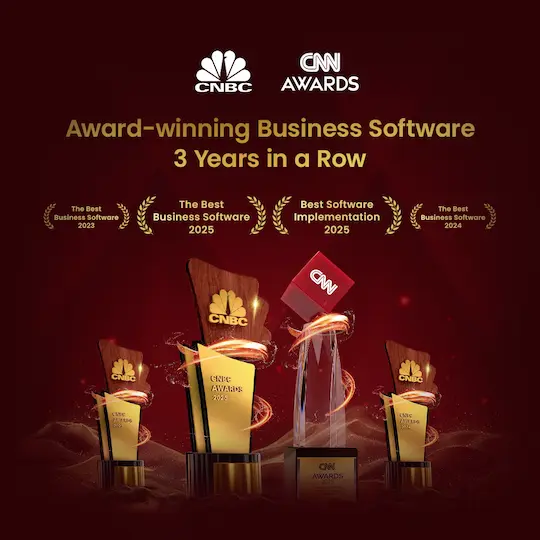Imagine an operational environment where records flow instantly across partners and remain unchangeable once recorded, this is the potential of distributed ledger technology. As a manager, you face the growing challenge of delivering secure, auditable, and efficient workflows, and DLT equips you with a powerful solution.
The journey, however, comes with hurdles: DLT systems can encounter performance bottlenecks, regulatory uncertainty, and steep learning curves for teams. You must actively balance innovation with reliability by addressing technical complexity, managing energy consumption, and aligning stakeholders.
Singapore’s Project Ubin Phase 1 demonstrated this potential by successfully simulating domestic interbank transfers using tokenised SGD on a blockchain framework. This achievement reinforces the nation’s leadership in advancing digital ledger technology across critical sectors.
In the sections ahead, you will discover how DLT works, the benefits it offers, and how HashMicro’s supply chain solution delivers its capabilities directly to your operations. Take the next step toward building smarter, safer, and more agile processes.
Key Takeaways
|
What Is Distributed Ledger Technology (DLT)?
DLT is based on the concept of accounting ledgers. These ledgers are cornerstones in economic life and ubiquitous in everyday business processes. Unlike traditional databases with a central administrator, a decentralized ledger stores data across multiple nodes, ensuring transparency, security, and resilience.
When people ask what is distributed ledger technology, the answer lies in its ability to provide a shared and immutable record of transactions or assets. Each node in the network processes and verifies every entry, creating a consensus on its authenticity and reducing the need for manual audits.
If you’re wondering how distributed ledger technology works, it operates by recording data in multiple locations at once, whether it’s static records like registries or dynamic ones like financial transactions. Blockchain is one of the most well-known types of distributed ledger technology, but there are different types of distributed ledger technology that can be tailored to specific business needs.
History of Distributed Ledgers
The concept behind distributed ledger technology is not new, businesses and governments have relied on distributed computing for decades. In the 1990s, advances in networking made it possible for multiple computers in different locations to solve problems collaboratively and send results to a central system, laying the groundwork for today’s decentralized ledger systems.
As connectivity improved through intranet and internet protocols, digital ledger technology became more capable of collecting, analysing, and utilising vast amounts of data. However, with multiple users accessing the same database, it became essential to verify changes, leading to the development of automated verification and encryption processes.
This verification process, known as consensus, allows a network to agree on the validity of transactions without manual audits. Over time, different types of distributed ledger technology emerged, evolving into scalable platforms such as Ethereum and Hyperledger, where businesses can build solutions for anything from tokenising physical assets to optimising manufacturing workflows, a true demonstration of how distributed ledger technology works in real-world applications.
How Distributed Ledger Technology (DLT) Works?

Understanding how does distributed ledger technology work is essential to appreciating its impact on modern data management. At its core, DLT combines decentralisation, cryptography, and consensus mechanisms to create a secure, transparent, and efficient digital ledger technology system.
- Data storage and security through cryptography: Distributed ledger technology uses cryptography to store data securely, allowing access only through unique keys and cryptographic signatures. This ensures that only authorised participants can interact with the digital ledger technology, protecting it from unauthorised changes.
- Immutable records for trust and accuracy: When programmed for immutability, a decentralized ledger keeps all records permanent and tamper-proof. This feature provides a reliable audit trail, making it nearly impossible to alter past transactions without detection.
- Decentralised peer-to-peer network: Unlike traditional centralised databases, DLT operates on a peer-to-peer network where multiple nodes store, validate, and update the ledger simultaneously. This structure removes the need for a single controlling authority, reducing the risk of system failure.
- Node replication and synchronisation: Every node in the network holds an identical copy of the ledger and processes incoming updates independently. Once consensus is reached, the latest version is shared across all nodes, ensuring synchronisation and data accuracy.
- Consensus mechanisms for verification: To determine the correct version of the ledger, nodes use a consensus algorithm that validates each new transaction. This process ensures all participants agree on the ledger’s state, forming the backbone of how distributed ledger technology works.
- Transparency for greater trust: The decentralized ledger structure lets all authorised participants see who made updates and when. This transparency builds trust among network members and significantly reduces opportunities for fraud.
- Eliminating the need for third-party oversight: By allowing participants to verify transactions directly within the network, DLT removes the need for a central authority or third-party auditor. This makes operations faster, more cost-effective, and less prone to manipulation.
Why Distributed Ledger Technology Is Important and Its Key Benefits?

Distributed ledger technology is transforming how data is recorded, stored, and shared across industries. By replacing centralised systems with a decentralized ledger, it eliminates single points of failure while enhancing security, transparency, and accessibility.
These pillars are the foundation of why this technology is seen as a game-changer for businesses, governments, and communities alike. Below are the key reasons why distributed ledger technology is important and the benefits it can bring:
1. Enhanced security
In traditional systems, a single entity often controls the ledger, creating a central point of vulnerability. Distributed ledger technology mitigates this by spreading control across multiple nodes and securing records with cryptographic algorithms, making tampering or forgery nearly impossible.
This decentralised structure also reduces the risk of cyberattacks because an attacker would need to compromise every copy of the ledger simultaneously. As a result, the data’s integrity is preserved, and users can place greater trust in the system.
2. Greater transparency
A digital ledger technology system allows authorised participants to view the same information in real time, ensuring everyone operates from a single, accurate source. In a decentralized ledger, all changes are recorded visibly, and each participant can verify who made updates and when.
This transparency not only builds trust among stakeholders but also discourages fraudulent activities, as all actions are publicly auditable. The result is a higher level of accountability that strengthens relationships between organisations and their partners.
3. Improved accessibility
DLT makes it possible for individuals and organisations in regions with limited centralised infrastructure to access financial and data services using only an internet connection. By removing reliance on banks or central authorities, it creates opportunities for greater financial inclusion and innovation.
This accessibility can unlock new markets and empower communities that were previously excluded from the global economy. In the long run, easier access to different types of distributed ledger technology can reduce barriers for entrepreneurs, start-ups, and small businesses.
4. Operational efficiency
By eliminating intermediaries and introducing automation through smart contracts, DLT can streamline workflows and reduce delays. In practice, this means fewer manual checks, faster verification, and smoother execution of agreements.
Businesses benefit from lower operational costs while maintaining the same, if not higher, standards of accuracy and compliance. Over time, these efficiencies can significantly improve productivity and profitability.
5. Faster transactions
One of the key benefits of how does distributed ledger technology work is its ability to process transactions without the need for central approval. Because updates are verified by consensus among nodes, transactions can be finalised in near real time.
This speed is especially valuable for industries such as finance, supply chain, and healthcare, where timely data is critical. Faster processing also enhances customer satisfaction and operational agility.
6. Reduced risk of fraud
Every transaction in a DLT system is recorded permanently and cannot be altered once consensus is reached. This immutable record makes it extremely difficult for bad actors to manipulate data without detection.
The visibility provided by distributed ledger technology ensures that all activities can be traced back to their source, discouraging fraudulent behaviour. As a result, organisations can operate with greater confidence in the accuracy of their data.
7. Industry-wide applications
While finance was the first sector to embrace DLT through blockchain, industries from healthcare to government are now exploring its potential. For example, digital ledger technology can be used for property title transfers, patient record management, intellectual property rights tracking, and supply chain transparency.
Each of these applications leverages the security, transparency, and efficiency that DLT provides. This adaptability ensures that the technology will remain relevant as new use cases emerge.
Examples of Distributed Ledger Technology Uses

Distributed ledger technology is more than just a concept, it’s a practical innovation with applications that are already transforming industries. From financial services to governance and supply chains, DLT enables secure, transparent, and efficient ways to exchange value and information.
To understand what is distributed ledger technology in action, here are some key examples of how it is used:
1. Recording transactions
One of the most common uses of digital ledger technology is to record transactions securely without relying on a central authority. This decentralized ledger approach ensures that all inputs and outputs are permanently stored, visible, and verifiable across the network.
While financial records such as cryptocurrency transactions are the most well-known example, DLT can also record non-financial exchanges, such as supply chain updates or intellectual property rights. By providing an immutable source of truth, it reduces disputes and strengthens trust among all participants.
2. Securing digital identities
Distributed ledger technology can create tamper-proof digital identities that individuals and organisations can use for secure authentication. These identities are stored in the ledger and verified using cryptographic algorithms, making identity theft significantly harder.
Because access is controlled through private keys, only authorised parties can validate or use the information. This capability is particularly valuable in online banking, healthcare, and government services, where accurate identity verification is essential.
3. Enabling transparent voting systems
With its ability to store data in an immutable and transparent manner, DLT is ideal for creating secure voting systems. Every vote is recorded in the decentralized ledger, ensuring it cannot be altered or removed once cast.
This transparency enhances the credibility of election results and reduces the risk of voter fraud. In countries aiming to modernise their electoral processes, different types of distributed ledger technology could make democratic participation more trustworthy and accessible.
4. Automating contracts with smart contracts
One of the most powerful applications of how does distributed ledger technology works is through smart contracts, self-executing agreements written into code. These contracts trigger automatically when pre-set conditions are met, such as releasing insurance payouts once a claim is approved.
Because the rules are embedded directly in the digital ledger technology, there is no need for intermediaries, reducing delays and errors. This efficiency benefits industries like finance, logistics, and insurance, where timing and accuracy are critical.
5. Demonstrating and verifying ownership
DLT can create a transparent and tamper-proof record of ownership for both digital and physical assets. For example, property transactions recorded in the decentralized ledger can show an unchangeable history of ownership and transfers.
While translating physical ownership to a ledger has its legal challenges, the technology provides an authoritative source of truth for asset management. This is also applicable in tracking ownership of art, patents, music rights, and other valuable assets.
Distributed Ledgers vs. Blockchain
While blockchain is widely recognised, it is just one type of distributed ledger technology. A blockchain records information in a linear chain of encrypted blocks, whereas different types of distributed ledger technology can use other data structures beyond blocks to form a decentralized ledger.
Blockchain technology typically relies on consensus mechanisms such as proof of work or proof of stake, while DLT as a broader category, can adopt various other methods depending on the application. This flexibility allows digital ledger technology to be used across multiple industries, while blockchain has been most closely associated with the financial sector.
Both blockchain and DLT create immutable, timestamped records secured by cryptography, making them extremely resistant to tampering. The main distinction lies in how they store and organise data, blockchain links data in sequential blocks, while other types of blockchain technology and DLT systems can use entirely different structures to achieve the same principles of how distributed ledger technology works.
Challenges of Distributed Ledger Technology
While distributed ledger technology offers significant advantages, it also faces several challenges that can impact its adoption and effectiveness. Understanding these issues is essential for organisations evaluating what is distributed ledger technology and its suitability for their operations.
- Scalability: As the number of participants and transactions grows, many different types of distributed ledger technology encounter performance limitations. Traditional blockchains, for example, can suffer from slower transaction speeds and confirmation times, although new approaches like Directed Acyclic Graphs (DAG) are emerging to address these issues.
- Interoperability: For a decentralized ledger to achieve widespread adoption, it must be able to communicate seamlessly with other DLT platforms. However, the absence of standardised protocols often leads to compatibility issues, slowing down integration and data sharing across networks.
- Regulatory and legal frameworks: The legal environment for digital ledger technology is still developing, and many jurisdictions have yet to establish clear guidelines. This uncertainty can make businesses cautious about adoption, especially when consumer protection, privacy, and security regulations vary across regions.
- User education and adoption: One of the biggest hurdles in how does distributed ledger technology work is that it requires specialised technical knowledge to implement and maintain effectively. Without proper education and awareness, potential users may find the technology too complex, limiting its mainstream adoption.
- Energy consumption and environmental impact: Certain DLT systems, especially those using proof-of-work mechanisms, require substantial energy to operate. This high consumption not only increases operational costs but can also raise environmental concerns, particularly for large-scale decentralized ledger networks.
- Irreversibility of errors: While immutability is often promoted as a strength of distributed ledger technology, it can also be a drawback. Once data is recorded, errors or fraudulent transactions cannot be easily reversed unless the system design allows specific permissions for corrections.
Unlock the Power of Distributed Ledger Technology with HashMicro’s Software
Managing secure and transparent records across partners is challenging, especially with scattered data and stringent compliance demands. HashMicro’s SCM software with distributed ledger technology (DLT) centralises information, accelerates decisions, and provides full visibility into transactions, partner performance, and costs.
Book a free demo to see exactly how the system fits your workflow. It’s a risk-free way to explore how you can boost data security, streamline operations, and ensure real-time, trusted records without relying on a single central authority.
Trusted by over 2,000 Southeast Asian enterprises, HashMicro delivers customisable solutions with localised support and seamless integration with CRM, accounting, and inventory ledger systems, making it the perfect fit for Singapore’s competitive business landscape.
Key features of HashMicro’s DLT-powered Software include:
- Secure Transaction Records: By encrypting, timestamping, and storing each transaction across multiple nodes, the system ensures data integrity, fostering unmatched trust.
- Real-Time Data Synchronisation: Instant ledger updates keep all authorised stakeholders aligned at all times, preventing miscommunication and accelerating decision-making.
- Automated Compliance Checks: The system verifies records automatically against industry and regulatory standards, reducing audit time and minimising compliance risks.
- Multi-Party Workflow Integration: Connecting suppliers, customers, and internal teams in one tamper-proof ledger streamlines operations, boosting efficiency and transparency.
- Immutable Audit Trails: Permanent, verifiable process histories are maintained, ensuring accountability and simplifying dispute resolution.
- Smart Contract Automation: Agreements execute instantly when set conditions are met, removing delays and manual work while speeding up business transactions.
With Hashy, our AI assistant, your team can automate repetitive ledger-related tasks such as approvals, reconciliations, and record updates, freeing up your time to focus on innovation, risk management, and strategic growth.
Conclusion
Distributed ledger technology is reshaping the way organisations record, store, and share information by offering unmatched security, transparency, and operational efficiency. Its decentralised nature removes single points of failure, making it a valuable asset for industries seeking trustworthy and tamper-proof data systems.
For businesses looking to harness these benefits in supply chain operations, HashMicro Supply Chain Management Software integrates the core strengths of DLT into a unified platform. With real-time tracking, automated procurement, and seamless vendor collaboration, HashMicro empowers companies to improve efficiency, reduce costs, and ensure end-to-end visibility across the supply chain.
Experience how this technology can transform your business processes by booking a free demo with HashMicro today. Our team will guide you through tailored solutions that fit your operational needs, so you can make smarter, faster, and more informed decisions with confidence.
Warning: Undefined array key "med" in /home/hashmicr/public_html/blog/wp-content/plugins/insert-headers-and-footers/includes/class-wpcode-snippet-execute.php(419) : eval()'d code on line 281















